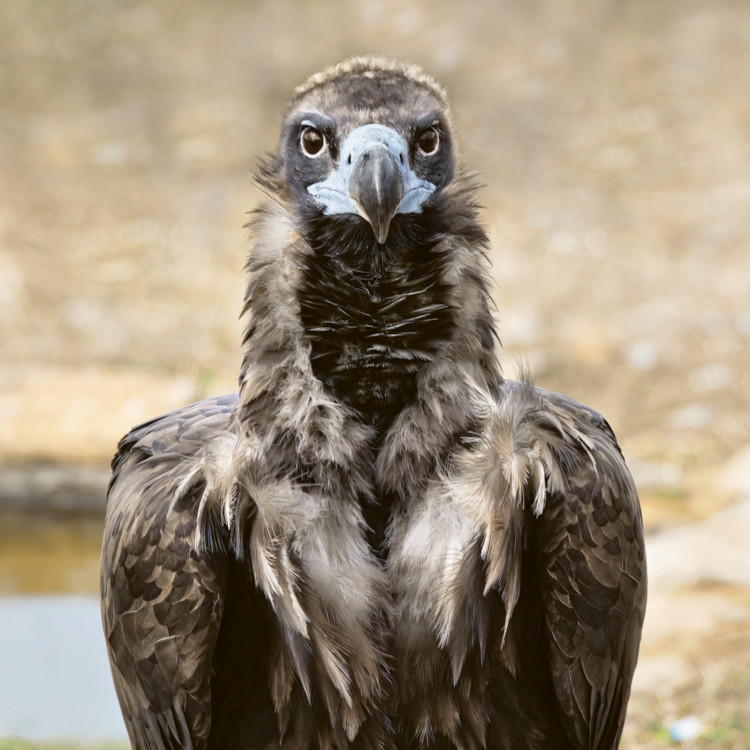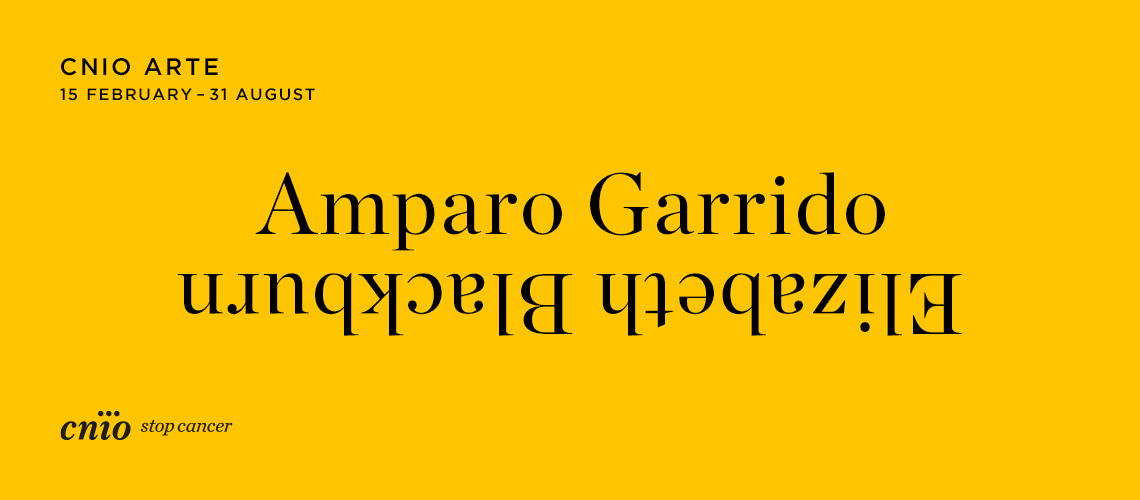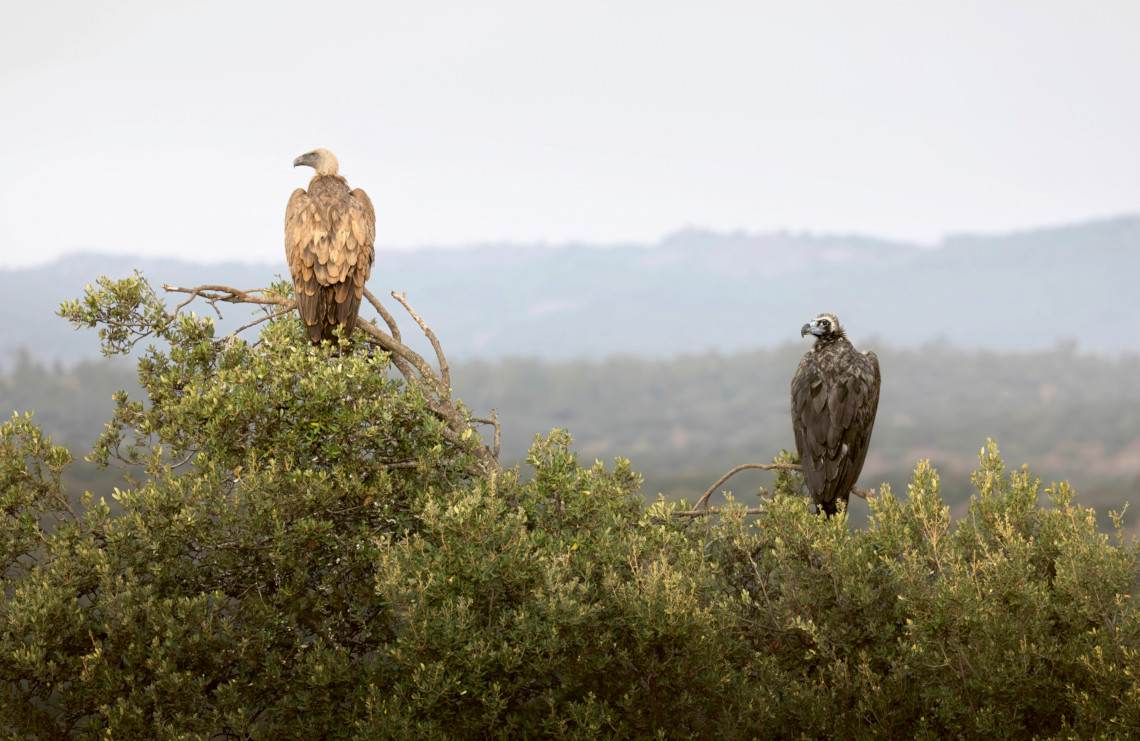Of Water and Stars
“But, in contrast to the bird, the water that we drink is
not natural, it is “treated” water. In this way, language
has its forms (its ways and means). These are fenced
in landscapes. What kind of landscape corresponds to
poetry and to philosophy?”
What the bird drinks from the fountain
and it isn’t water, Chantal MaillardThe Way of Water and Stars is the path that the artist took each day to develop her artwork. This journey began the day that Amparo Garrido looked a vulture directly in the eye and saw her reflection in its pupil.
In that instant, she decided to continue the project because she believes in art as a tool for research, healing and catharsis.
Together we began to transform pain into opportunity along with Elizabeth Blackburn, the Nobel Prize for Medicine winner and discoverer of the telomerase, the enzyme that the telomeres form during the DNA duplication.
After Elizabeth Blackburn discovered that chronic stress shortens telomeres, she developed a series of experiments and showed that meditation reverses these effects. The artist chose the title of her project based upon this discovery.
Meditation is a biographical, physical and poetic artwork, in which gestures, words and thoughts reach their maximum effectiveness.
To pray, to repeat sounds and gestures, is still a clinical mantra designed to control, support or make pain more bearable.
Mantra is a Sanskrit word; man (mind), tra (tool). A tool of the mind that activates automatically for survival.
The Way of Water and Stars is an interior daily journey that the artist takes in the village of Galizuela. Repeating as a mantra her steps in order to discover that each repetition is different. To observe these differences in to learn from them.
To meditate is to try to order the hidden anatomy, the lunar inheritance and abstract thoughts. To think is to feel in the same body. To trust in life and from there, to breathe.
Much of Amparo Garrido’s artwork is created in natural landscapes that she presents to us as mental landscapes in which visual communication with the animal and the human prevails, as if it were an innate gift. This is how she communicated it to me in our conversations.
This is a constant theme in her first full-length film: The Silence that Remains. Following this path of pain and opportunity, Amparo travels beyond the real landscape. Meditation is a visual poem that takes its form through a methodical process of observation of mental and emotional content.
Letting reality pass before her camera and in that stillness, observe the movement. One must be patient in order to photograph a vulture straight on and in that moment, breathe. Amparo becomes a conscious observer that ends up being the object of her own observation.
“I’m here!” “Don’t shoot!” These are the only words that are distinguishable in this poem. Words that in my head sound like: “I have returned! Don’t kill me. Don’t harm me. Don’t ignore me. Don’t shoot me with your camera. Don’t objectify me! I am here! I am warning you with my word-weapons. Hunter, you have been hunted“.
This living visual poem, reintegrates death in life and meditation in contemplation. Amparo saw herself reflected in the vulture’s eyes and now this vulture is looking at us as if it were a spiritual messenger trying to remind us that without mud there is no lotus.
Marina Vargas, Curator, CNIO Arte
Descargar folleto
 Amparo Garrido / ©Laura M Lombardía, 2022
Amparo Garrido / ©Laura M Lombardía, 2022 Meditación 2, 1/3, 2023
Meditación 2, 1/3, 2023 






